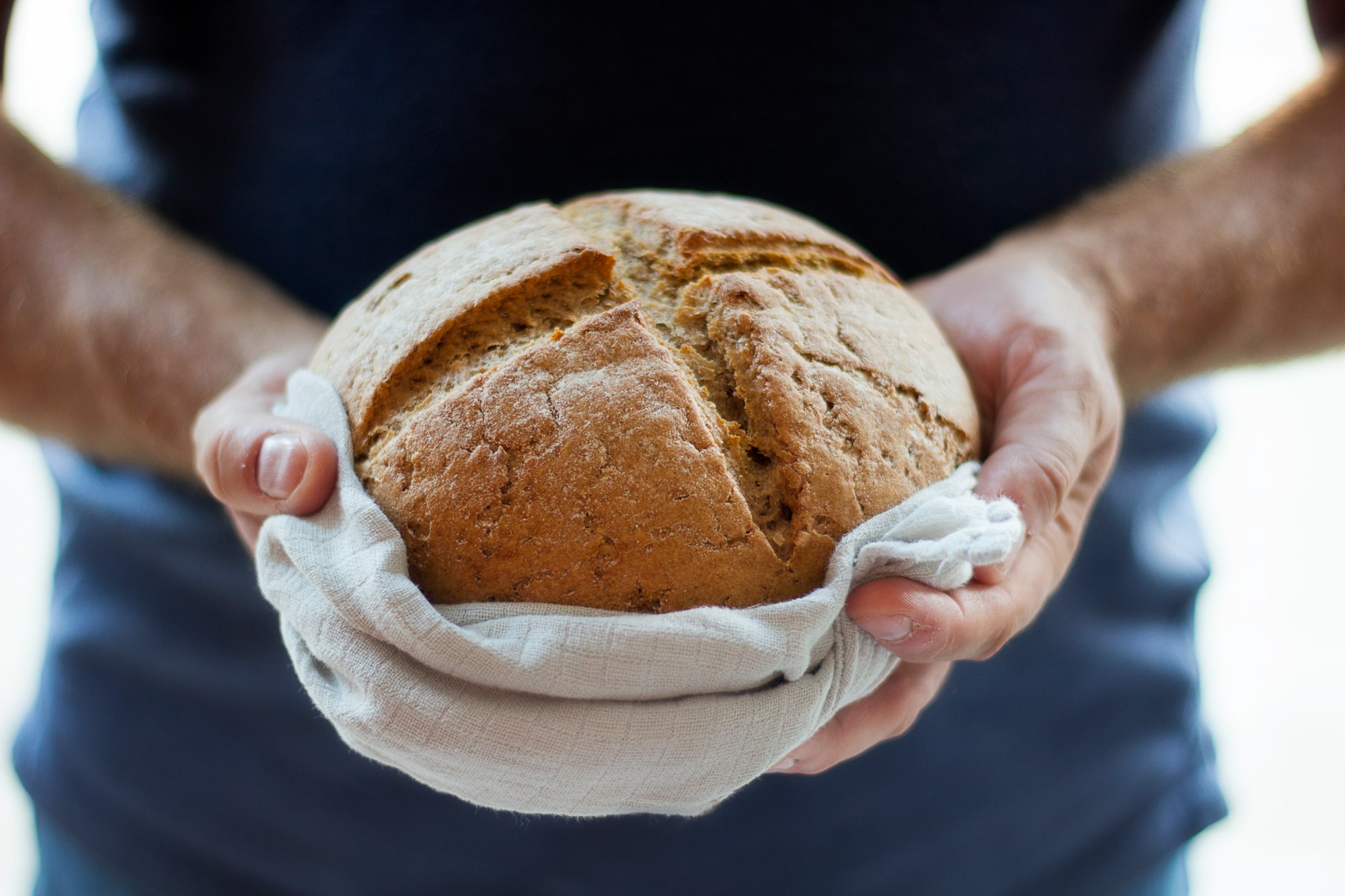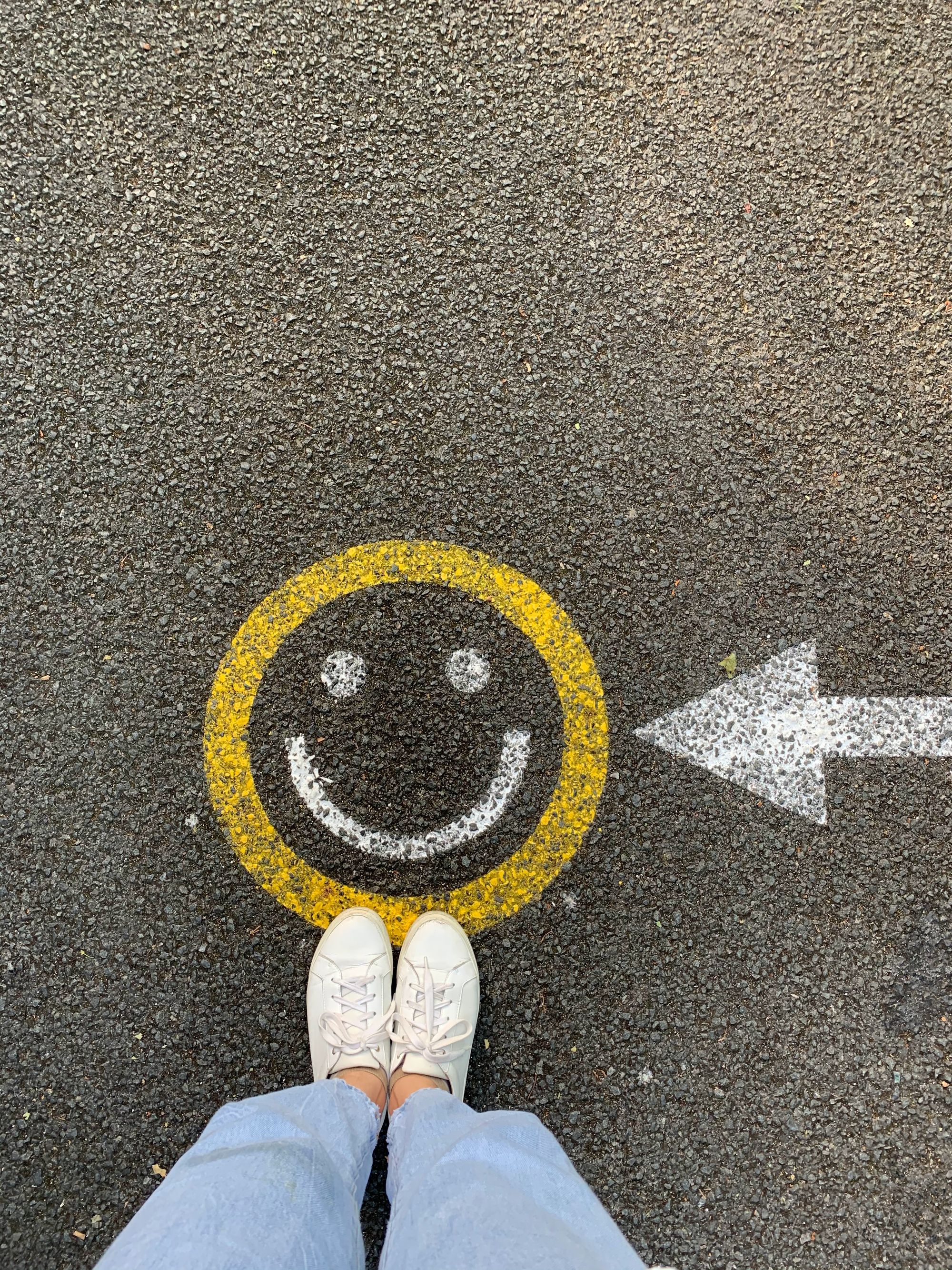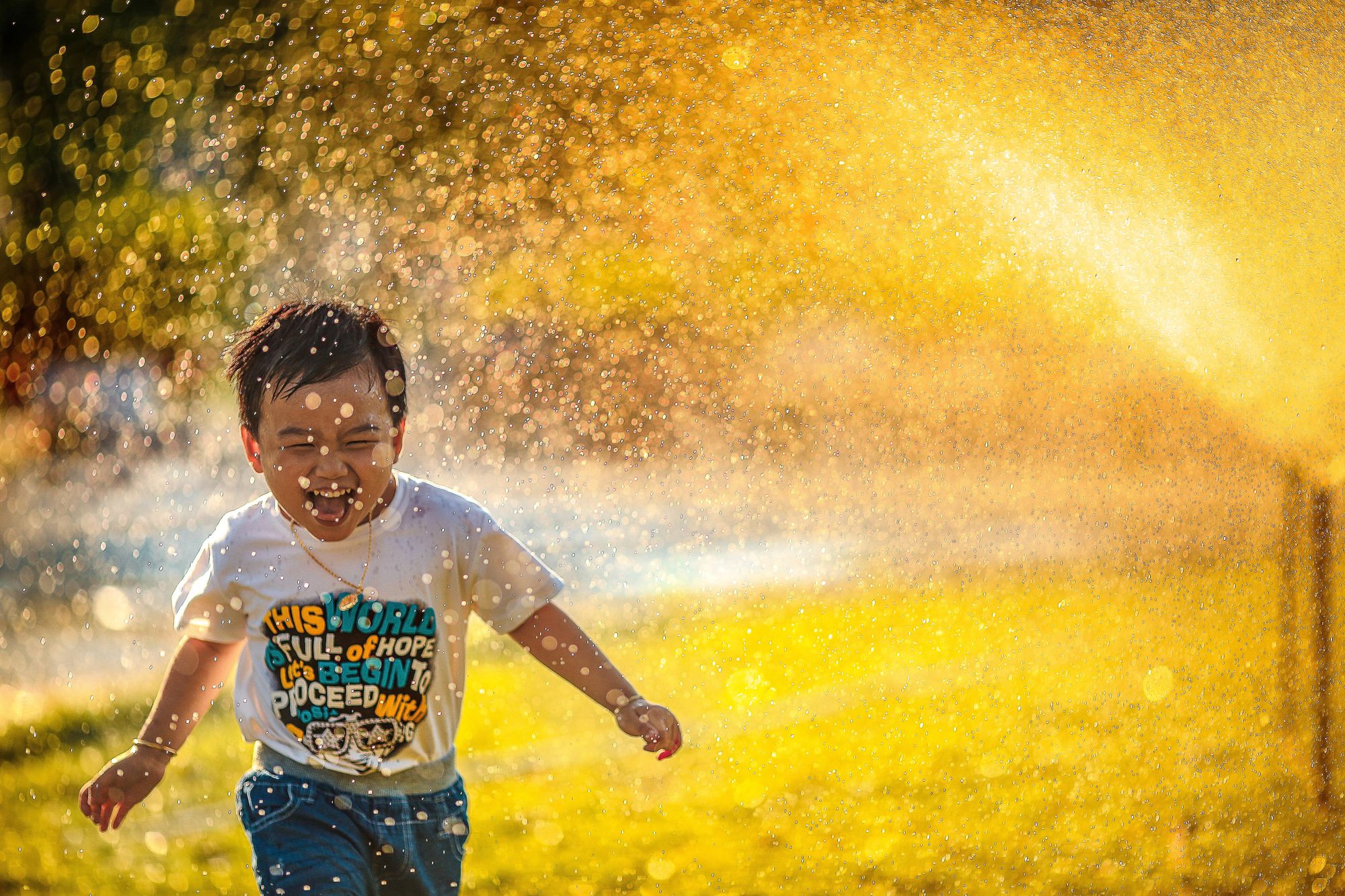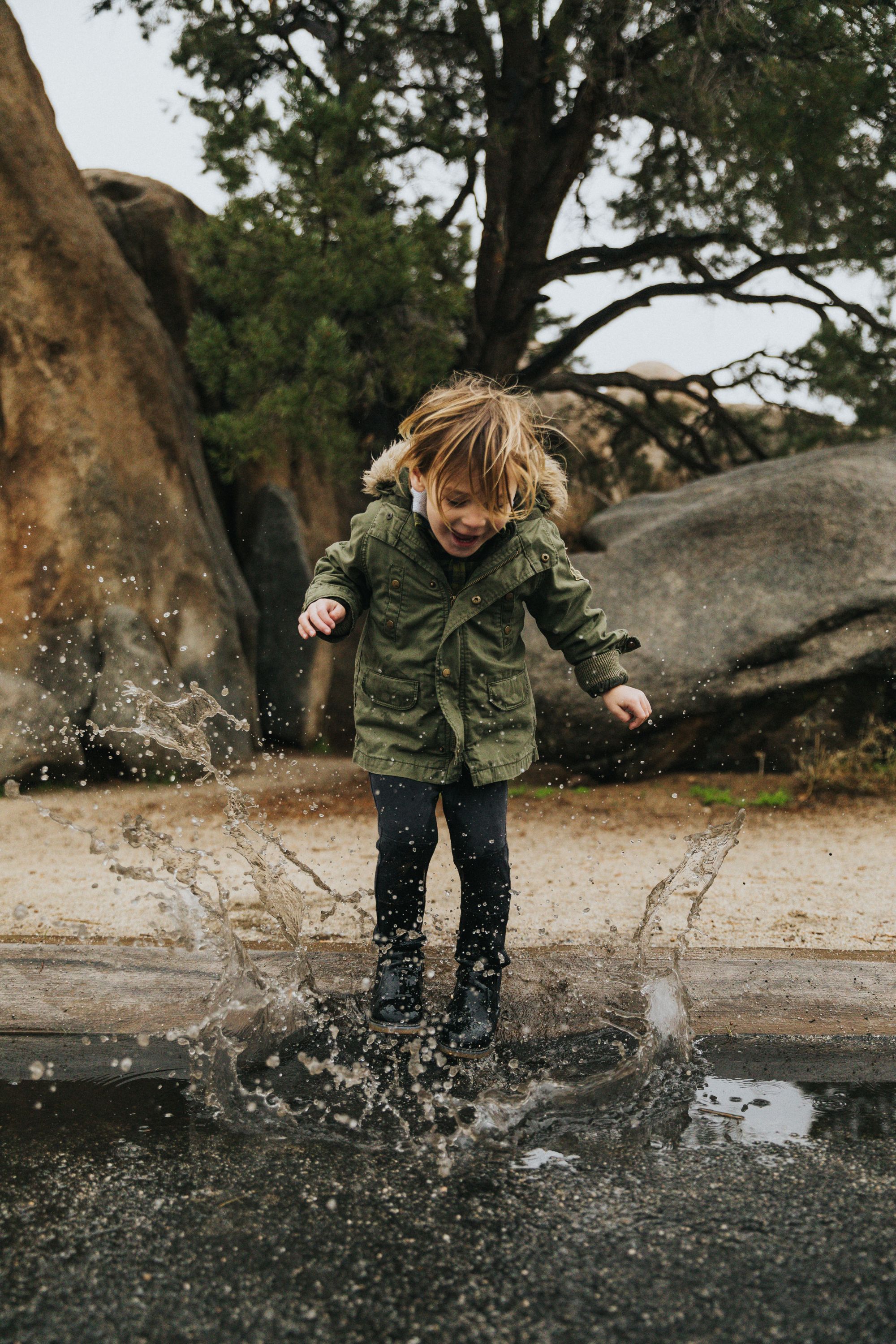Posting a Pic4U

We've gone well past cliche when it comes to documenting and complaining about the toxicity of social media sites. Researchers have studied the negative outcomes associated with too much time spent down the toxic hell-stews that suck up our personal data, aggregating it and using it to sell advertisements back to us. We all know it sucks, that we could be spending our time better elsewhere, but somehow we always find ourselves getting drawn back in worse than Michael in The Godfather: Part III.
We delete the apps, then put them right back on when we find ourselves bored. We use a quick look as a way to reset our brains during the work day. Late night doom scrolling only makes our anxious anxiety worse... or maybe that's all just me.
We're fighting the work of tens of thousands of people, who spent literal decades at this point, trying to make their product irresistable, all in order to make some pocket change off our spare time. You know there is a problem when even the founders and CEOs of these companies don't use their own product or don't allow their children to use them. Our parents told us we are what we eat, but in the modern world, its more we're what our eyeballs consume.
I've lost many an hour trying to think of a better way to allow us to connect, without the toxicity. How do we reform the concept to be about building up each other, forming supportive communities, and empowering the users to get what they need and then go out into the real world recharged.
Establishing Some Guardrails
Learning to love the limits
How do you know when you've got an idea that's ready for prime time? When you've found its edges and honed them sharp enough that they cut tissue paper. Cut those ragged edges down to defined lines that outline what you're building, and just as importantly, what you are not building. Once you've got that map, you need to be able to express it in a short, memorable set of principles that keep the effort headed always in the right direction.
Maximize joy.
Build meaningful connections.
Give away something of yourself.
Minimize time spent.
Receive gratitude from those who love the service.
That's it. Yes, I know, I left out "Make World Peace", "Drop 10lbs in 5 days", and "Buy the world a Coke." Fine, maybe I should explain what the actual idea is, not just what I believe it could achieve, at least in a single serving.
Joy at the Center





Numerous are the types of content shared via social media. Twitter focuses on short text. Pinterest on links. Tiktok on homemade videos. Facebook on fascism. Snapstagram on influencer marketing. I could go on with more, but we all know what each of these services offer. With a lot of pruning of who you follow, using your connections to find better content, and the use of blocklists to weed out the jerks, you might find a nice, comfy niche in which to spend a few minutes... unless you're a woman with an opinion, and then no matter what you do, you're probably going to need shoulder-high rubber waders to get thru the cesspool.
The pitch here is simple...
- Launch the app
- Take a photo
- Let the app send it to a random user you don't know
- Get back a photo from someone you don't know
That's it. It seems so simple, but I believe it would actually work. Lets dig into why...
Photos must be taken in the app, and you only get one photo per day. If you don't like the photo, your choice is to use it anyway, or wait until tomorrow, when you can try again. No staged photos, no large staff to promote an influencer. No filters to hide imperfections. Just you, your eye and your phone. That's it.
(Yes, I know what you're thinking... what about the pornographic pics that will surely come of this. I've thought of that, but lets stick with the joy for the moment; I'll come back to this later, don't worry!)
Keeping the picture taking experience in the app minimizes potential abuse of those seeking to build an outsized influence. Only allowing one picture per day ensures people are thoughtful about how much they value the experience. Sending the photo to someone they will never know lets them feel a little joy knowing they're helping someone else. Receiving a photo, one that will only ever be sent to you, for doing a good thing, is a reward for your time building a community. A strong terms of service will ensure that the taker of the photo is aware that they are transferring ownership of the photo to the receiver, not to the service.
Heading off Abuse
I told you I would get back to this, so lets just get it out of the way, before we dig in a little more to how the service would work.
Defense number one is a simple community guideline on what types of photographs are acceptable for the service and which ones are not. During first launch, we show the new user an example set of images that are taken in line with the principles we set out above. We then give a simple list of the types of photos that are not permitted, with a link out to our policy on abuse, with a very clear remediation path. Free speech is for interaction with your government, not a private service. We're opinionated, not because we want to police you, but because we want our service to be open to everyone from young children to elderly grandmothers. If you don't like our restrictions, please find another community.
Second is the requirement for a real account. The only way to create an account on the service is to use your device's built-in log-in service. If you are not willing to link your account on our service to your device's real account, then our service probably isn't the place for you. (This has the added benefit of outsourcing a huge part of security and privacy to your phone's manufacturer, but that's just a side benefit to us.)
The third line of defense is the on-device artificial intelligence that comes built in to most modern phones. Train up an ML model that looks for potential abusive images, and prompts the user that the photo they took might not meet our standards. The first time this happens, we give you a short nudge on what might be concerning and offer up the option to take another photo. The second time, you lose the ability to post a photo today and the following day. Third time, you're out for a week. Fourth, your account is shut down... but you don't know that, yet. Let's come back to this after one last line of defense.
Even with all that, at some point, a photo that doesn't meet our guidelines will slip thru. When someone receives a photo that doesn't meet our guidelines, we give them the opportunity to report that photo. Reported photos go into a review queue for the system admins, and the reporter gets 2 photos from a stock catalog as an apology for our sytems not being perfect.
As part of building a community, empowering members of the community to help with moderation is a major goal. For users who are in long-term good standing, we will offer them an option to review a series of photos from moderation, and in return, we'll give them additional uploads per month. We will only allow each user to review so many moderated photos per month, as another of the goals of this product is to minimize time spent each month. Occasionally we will insert a known good photo into the queue to ensure that the reviewers are being honest in their ratings.
For every abuse report, there can be one of two outcomes: First, if the flagged photo is found to not be abuse, the reporter will be flagged as potentially false reporter. If this happens multiple times from this user, their account will be set so that when they try to flag in the future, we prompt them first if they're submitting abuse or just photos they don't like. We warn them if they continue waste the time of admins, we'll decrease the number of photos they can upload for a time, and if they persist, we'll put them in time out for a while. We expect this to be an incredibly rare instance, but want to plan for it, as abuse can come not just from the photo taker but from the receiver.
More likely will be someone who makes it past our measures and submits something against the guidelines. For these people, we intend to shadow-ban and monitor. The user will notice nothing different in their use of the app. They can submit a photo a day, just like everyone else. Their photos go into an admin queue, and they receive a photo from the backlog of stock photos. If after a set period of time, they do not submit any more offending images, we remove their shadow ban. If they persist in multiple, repeated infractions, they go into a permanent ban group. These people can submit their daily photos, which are deleted unseen, and in return, they will recieve photos of old boots (as in, they have been 'booted' from the service).
Beyond just inappropriate content in the photos, there are other ways that a user could violate terms of service in an attempt to use the service to promote their own businesses. The ML service should also look for things like inclusion of QR codes or URL schemes to ensure that the service does not become a stealth model for influencers.
Photos that are found to be in violation of terms of use will be kept for a short period of time, as a way to better train the ML model for future releases. The more photos we catch violating terms, the more likely we will be able to catch those types of photos going forward.
Out of the good of our hearts
(Yes, it is possible to make money this way)
No, the intent is not to run a service free of charge! No, it will not be a service that makes anyone rich, at least not in the pocketbook, but maybe in the heart. It has the potential to earn enough to not only pay for itself, but also to maybe put a little food on my table, and if I'm good enough, maybe put a kid or two thru college. Lets talk about how we make some money out of this.
Each user gets one photo per day... unless they want to pay a little. This will be a service with no ads; it is a directly funded subscription model. If you like the service, and you want to support its developers, we offer two methods to fund the service you care so much about. For $5/month or $50/year (US currency), we'll give you an extra 10 photos per month. That's it. Nothing else. You cannot buy more unless you've got multiple devices with different user accounts on each. We don't want people spending more than a few minutes a day on the service (one of those guiding principles) and this will naturally enforce that limit. It will also ensure people who use it the most are the ones who support it the most.
On the cost side, we want to take advantage of the platform tools built into each person's phone, to ensure that running the service costs as little as possible. Since photos are only cached temporarily on the server side. Every photo submitted is held until it is sent to only one other person, then removed from the server, never to be seen anywhere else except the receiver's phone. Data transfer will be incurred by the users, with the photos optimized on device before upload to ensure minimal transfer cost. There will be a small server component that needs to broker the assigning of photos to users.
Some smaller details
...because love is made up of the details.
As all the received photos are stored on the receiver's phone, we'll need a nice gallery they can use to browse these images. There will be built-in controls to rotate a photo, save it to Photos or set it as wallpaper/lock screen, print, or delete them.
When a user receives a photo that they really loved, we want to allow them to indicate their appreciation back to the person who took the photo. We will allow them to either use from a preset selection of reactions, or to respond with one additional photo sent to the original taker, as a form of appreciation.
As part of the user's profile, there will be a dashboard that contains the number of times that a photo they took had received each reaction. For paid supporters, the date they became a paid supporter will be displayed. Other profile items could include upload streaks, like streaks, 20x/post per month, etc.
We want to ensure that the person submitting the photo does so safely, so we'll allow geotagging of the photo, but only at a mid-range of accuracy, and only when the taker of the photo expressly chooses to do so.
We want the photo taker to be able to express themselves, so that the photo receiver can know a very small amount about who took the photo. We will provide a way for each user to set a public user name (we will never display a real name, unless the user elects to reveal that), add a photo of themselves, a location tag and a short bio. We do not intend to allow links to other social media or websites, not because we want to lock users into our service, but because we don't feel other social media services do a good job at serving their users.
As part of the machine learning review of the photos on device, before they are uploaded, not only will we be looking for things not in keeping with the community guidelines, but we'll also be looking at the greater contents of the photos. Over time, we hope to build profiles, stored only on devices, of the types of photos the person likes to receive. When their taken photo is uploaded, along with it will be a series of tags about what types of photos the taker would like to recieve in return, and if a photo with that type of content is available, it will be preferenced in the received photo. As any good machine learning algorithm requires some amount of data to be able to work, during the first run of the app, a user will be prompted to select a few tags to jumpstart the engine's recommendation process.
Partnerships will be a potential source of revenue as well. Integration of a photo book service would allow for the receipt of a commission when a user creates a book of their received photos. Partnership with brands, who want to do things like stickers and frames, could allow for another way to increase revenue without charging users an additional fee.
Supporting charities would be another way to build platform usage. We would allow for users to, instead of purchasing additional pics to upload, to allow them to donate to charities who use the platform, either in the form of additional photos or direct cash payments.
While each user can only receive a small number of additional uploads for themselves, it is possible for them to purchase additional uploads for others as a show of appreciation for photos that others take. Similarly, give users additional uploads for referring their friends, who sign up and upload at least one photo themselves, additional monthly photos for free.
Another way to build community is to reward users who share quality photos. Provide additional monthly uploads for users who receive the most reactions, who upload daily, who regularly react to photos they receive, etc.
Theme collages are another way that we would use AI and user reputation. As we categorize photos automatically, as users receive significant number of stars, we can generate collages of their best photos and display those as themes to all users.
As photos are uploading, we can create a stream of thumbnails which a user can watch flow by. These would not be the full sized photos, just a lazily flowing river passing by, bringing little bits of joy as people dip in and out of htem.
Just Getting Started
For a v1 product, that's a good start. More ways to expand the service are percolating in the back of my mind. Still, this is the first social media site that I think I would want to use regularly, not just because its a service that someone designed to make me use it. Will this fulfill the lofty guidelines I set out at the beginning? I have absolutely no idea, but it is //an// idea, and a darn good place to start.

